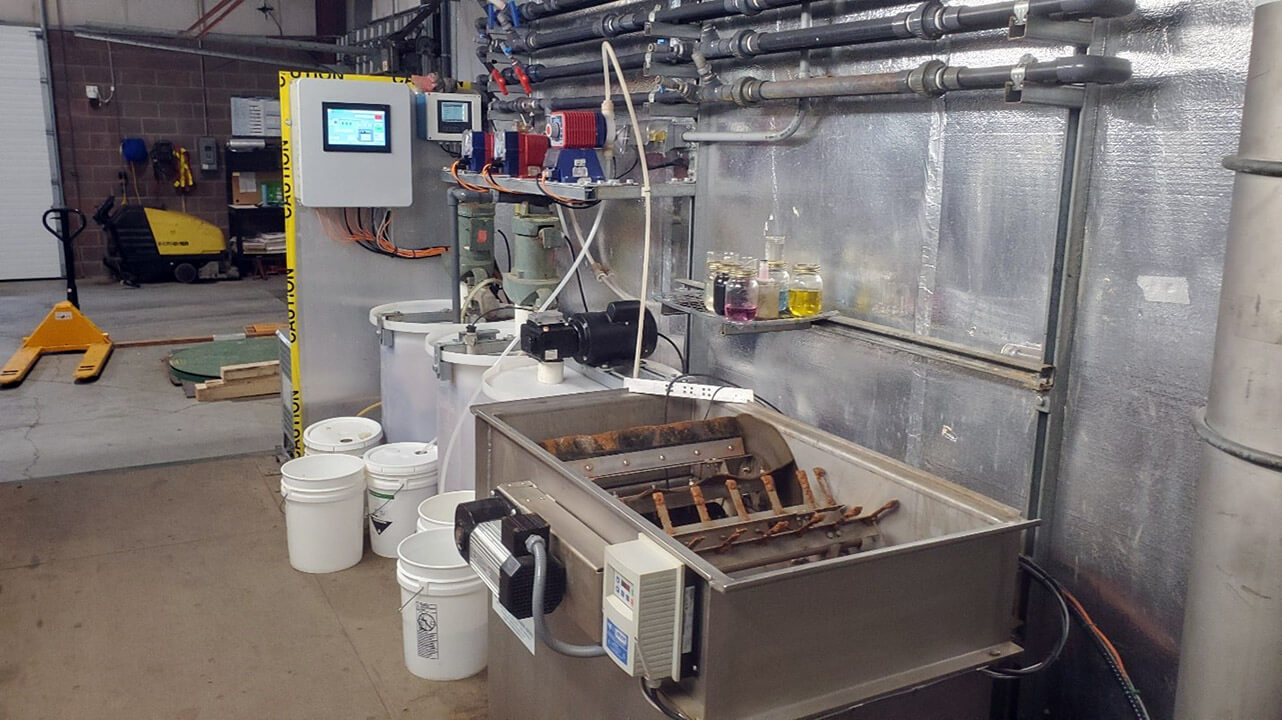Septic tank risers tend to be overlooked by homeowners when it comes to maintaining the septic system. These easy-to-use, yet essential components help to get access to your system to perform routine maintenance and inspections. Installing risers in your septic system eliminates the necessity of digging up the soil every time you need to pump. Not only will you save time, but your landscape will be less disturbed. They also lower the risk of accidents and injuries during maintenance as they allow for a safe and easy entry point.

Controlling effluent is also an essential part of keeping the health of your system. The liquid waste discharged from the septic system into the drainfield to be used for treatment is referred to as effluent. The mixture of bacteria, organic matter and water are known as effluent. As time passes, the solid particles in the effluent will get trapped in the bottom of the tank and create layers of sludge. If it is not eliminated promptly, may build up and cause a clog in the system. It may also harm the drain field. Regularly scheduled pumping and control of effluent ensures that the septic tanks operate effectively, preventing blockages and prolonging their life.
Septic systems are functional when they drain correctly. The water that drains from your property is taken into the septic system and goes through the process of separation. Solid waste is deposited at the bottom while oil and lighter compounds rise up to the top, creating a scum layer. The liquid residue, also referred to as effluent or waste, leaves the tank to enter the drainfield to further filter. A well-designed drainage system allows for a smooth flow of effluent, to avoid flooding and backups. It is vital to ensure that drainage pipes are free of roots, debris or other obstructions that could hinder the flow of effluent. Regular inspections and maintenance of the drainage system are able to prevent costly repairs as well as environmental pollution.
The choice of the correct septic tank for your house is an important choice which can have lasting implications for your property’s sanitation and efficiency. With numerous options available in the market, it’s essential to consider several factors before making your selection. Consider the dimensions of your septic system by analyzing the average consumption of water for your household, as well as the number residents. If you have a huge family or frequently entertain guests, a bigger tank is needed. Take into consideration the material that is used to build the tank. Concrete, fiberglass and plastic are all common options. Each material has advantages and disadvantages when it comes to cost, durability and maintenance. Be sure to verify any local requirements as well as regulations regarding the setting up of septic tanks. It’s essential to select a tank that meets the required standards and is in compliance with the guidelines of any specific type. For more information, click Risers
Finally, you should consult an expert septic system installer who will evaluate your property’s requirements and give you expert suggestions that are based on soil conditions and topography. Take note of these aspects to make sure that you select the most suitable septic tank for your house.
The correct functioning and maintenance of septic tanks as well as the efficient management of effluents, the construction of risers and ensuring proper drainage are essential for an effective and stable the septic system. Septic tanks function as a primary treatment for wastewater that is generated by households, while monitoring of effluents ensures that treated liquid waste is disposed of in a safe manner. Risers allow easy access to the tank, making maintenance tasks easier and safer. A properly-drained system allows for a smooth flow of effluent, which prevents system failures. When you prioritize these issues and following the regular maintenance schedule homeowners can guarantee the longevity, effectiveness and longevity of their septic systems, promoting the safety and health of their environment for everyone.
